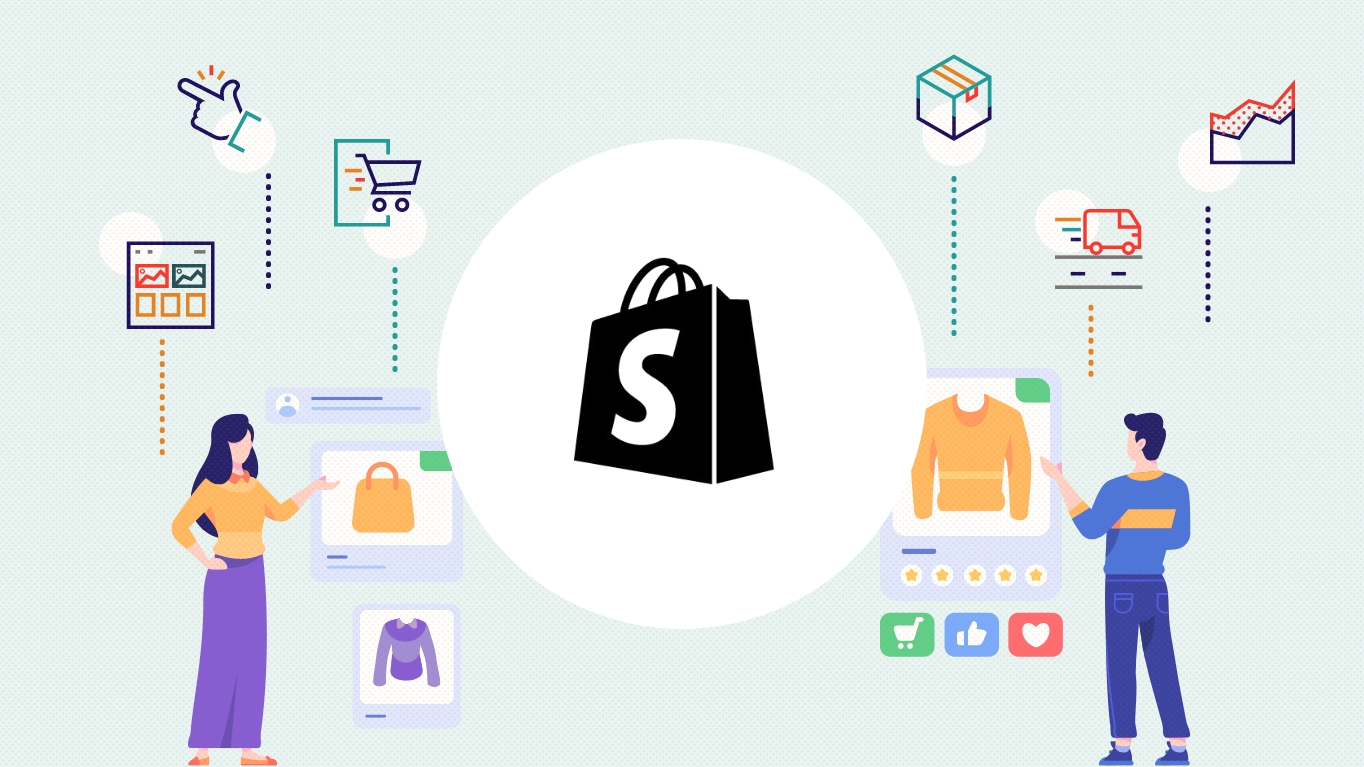Deploy Seamless Ecommerce Processes with Shopify APIs and Automation

Venturing into the world of ecommerce can present a significant challenge for established retail and manufacturing businesses with robust ERP (Enterprise Resource Planning) systems. Many organizations are worried about disrupting established workflows, introducing data silos or duplicating their data entry efforts, all of which are very legitimate concerns.
Fortunately, by adopting a strategic approach that leverages the power of Shopify's API (Application Programming Interface) and automation tools, it becomes easier to bridge the gap between your ERP and your online store, fostering a seamless and efficient omnichannel experience for your customers.
The Shopify API: A Perfect Fit for Your ERP
Shopify boasts a well-documented and comprehensive API that empowers your ERP system to interact with your Shopify store programmatically. This translates to automated data exchange, eliminating the need for manual data entry and ensuring real-time synchronization between the two platforms.
The Shopify API empowers your ERP to retrieve critical information such as product details, inventory levels, order data, and customer records. It also facilitates two-way communication, allowing your ERP to create, update, or even delete data within your Shopify store, ensuring accuracy and consistency.
Shopify's API & GraphQL: The Pillars of Integration
Shopify Rest API benefits from increased efficiency thanks to GraphQL : a query language that enhances data exchange by allowing your ERP system to request only the specific data it requires, significantly reducing the amount of data transferred and optimizing overall performance. Imagine the time you could save by retrieving the inventory level for a specific product during order processing, instead of downloading the entire product catalogue!
Here are some other concrete examples of the functionalities you can benefit from by combining the Shopify API with GraphQL:
- Automated Inventory Management: Leveraging the API, your ERP can monitor inventory levels in real-time. When a sale occurs on your Shopify store, the inventory level within your ERP automatically reflects the change, preventing overselling and ensuring accurate stock data across both platforms.
- Synchronized Product Information: New product information created within your ERP can be automatically pushed to your Shopify store, eliminating the need for manual product creation and ensuring consistent product descriptions, pricing, and images across all sales channels.
- Streamlined Order Processing: Orders placed on your Shopify store can be automatically sent to your ERP system, triggering pre-configured order fulfillment workflows and shipment processing. This eliminates the need for manual order entry and reduces the risk of errors.
Shopify Flow: The Automation Engine for Streamlined Workflows
Need to add another layer of automation to the mix? Then Shopify Flow is the solution you're looking for! It allows you to create, without a single line of code, customized workflows that react to specific events within your Shopify store, further enhancing your ERP's integration capabilities.
Use case examples include:
- Inventory Management: Shopify Flow can automate inventory-related tasks, such as hiding products on your site when they’re out of stock or instantly reordering supplies when they’re low.
- Fulfillment Event Created: Shopify Flow can start a workflow when changes occur in an existing order’s fulfillment status. For example, an email can be sent when a fulfillment is confirmed.
- Order Risk Management: If an order is flagged as high-risk, Shopify Flow can automatically put the order on hold for manual review. This can help prevent fraudulent transactions.
- Daily Order Summary: Shopify Flow can generate a daily summary of orders that are older than 2 days and are unfulfilled. This can help you keep track of outstanding orders and prioritize fulfillment.
The Advantages of a Streamlined System
By strategically leveraging Shopify's API, GraphQL, and Flow within the same environment, you can achieve a seamless integration between your ERP and Shopify store, unlocking a multitude of benefits:
- Reduced Manual Work: Automating data exchange and minimizing manual data entry frees up valuable time for your team to focus on strategic initiatives and customer experience.
- Enhanced Data Accuracy: Real-time data synchronization ensures consistent information across your ERP and Shopify store, eliminating data discrepancies and improving operational efficiency.
- Optimized Efficiency: Streamlined workflows and automated processes lead to faster order fulfillment, improved customer satisfaction, and reduced errors.
- Scalable Growth: As your business scales, your integrated system can handle increased online sales volume without compromising efficiency, allowing you to focus on growth strategies.
Unleash Your Full Ecommerce Potential
Complex data mapping, technical expertise, integration maintenance and limited functionality of pre-built connectors are among the common challenges that businesses encounter while embarking in an ERP and ecommerce platform integration project. However, organizations with existing ERP systems can rely on Shopify to deliver smooth, automated processes for launching their online store. Its robust API, GraphQL capabilities and Shopify Flow automation tools empower you to achieve seamless integration, maintain data integrity, and unlock the full potential of both platforms. By embracing this strategic approach, you can streamline your ecommerce operations, improve efficiency, and focus on growing your business in the ever-evolving omnichannel landscape!
Your e-commerce needs, our priority
Let's make your e-commerce project a reality!
